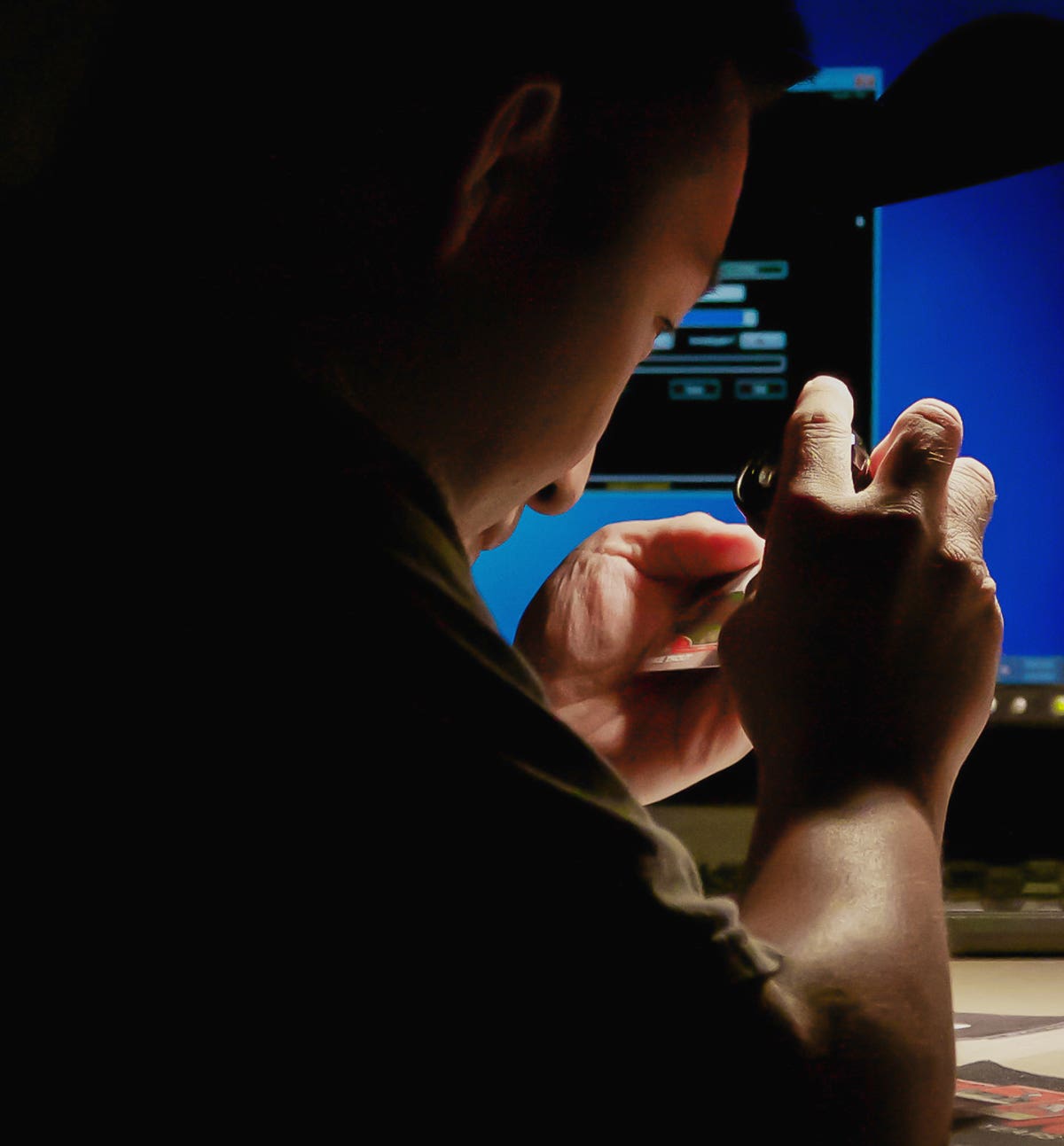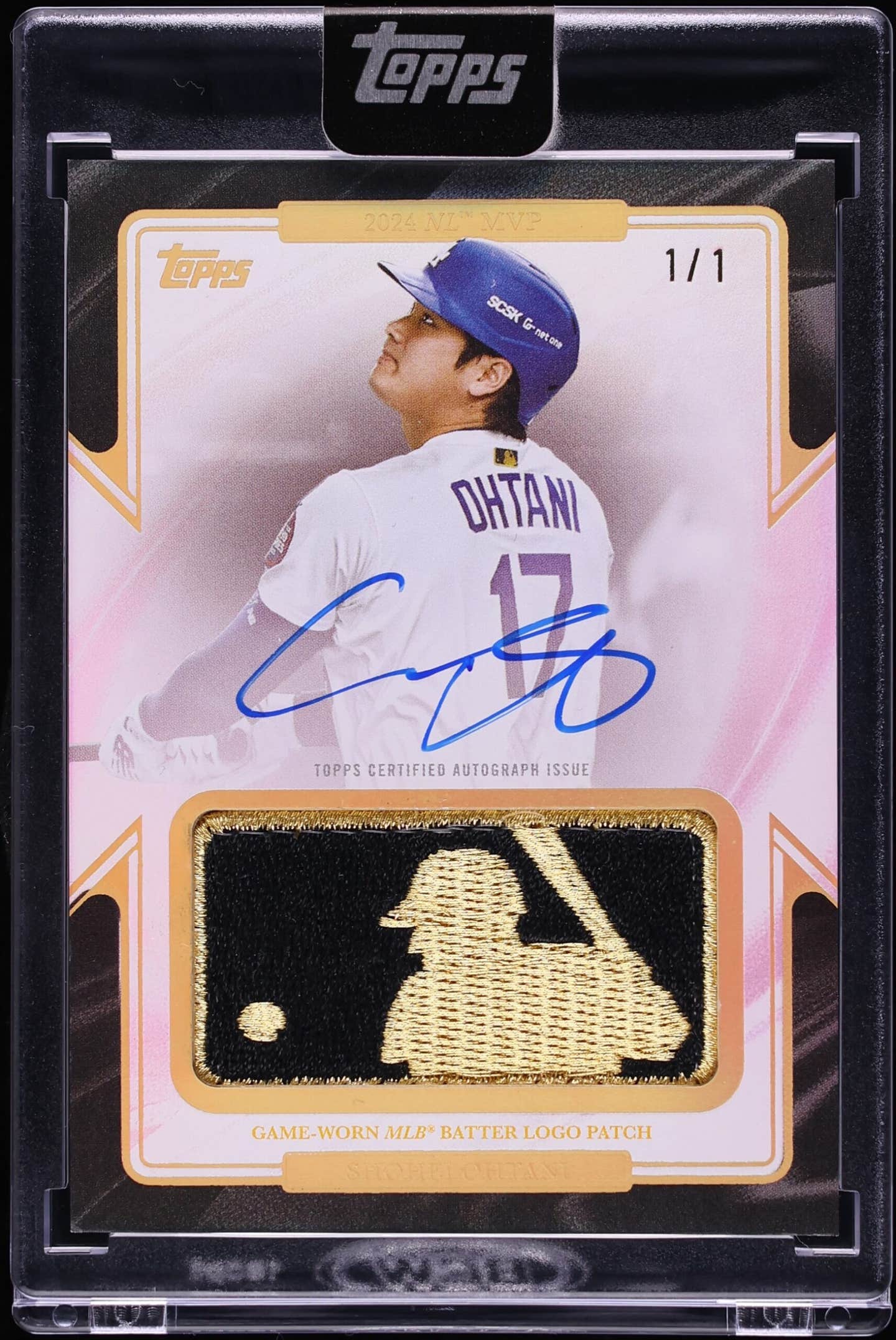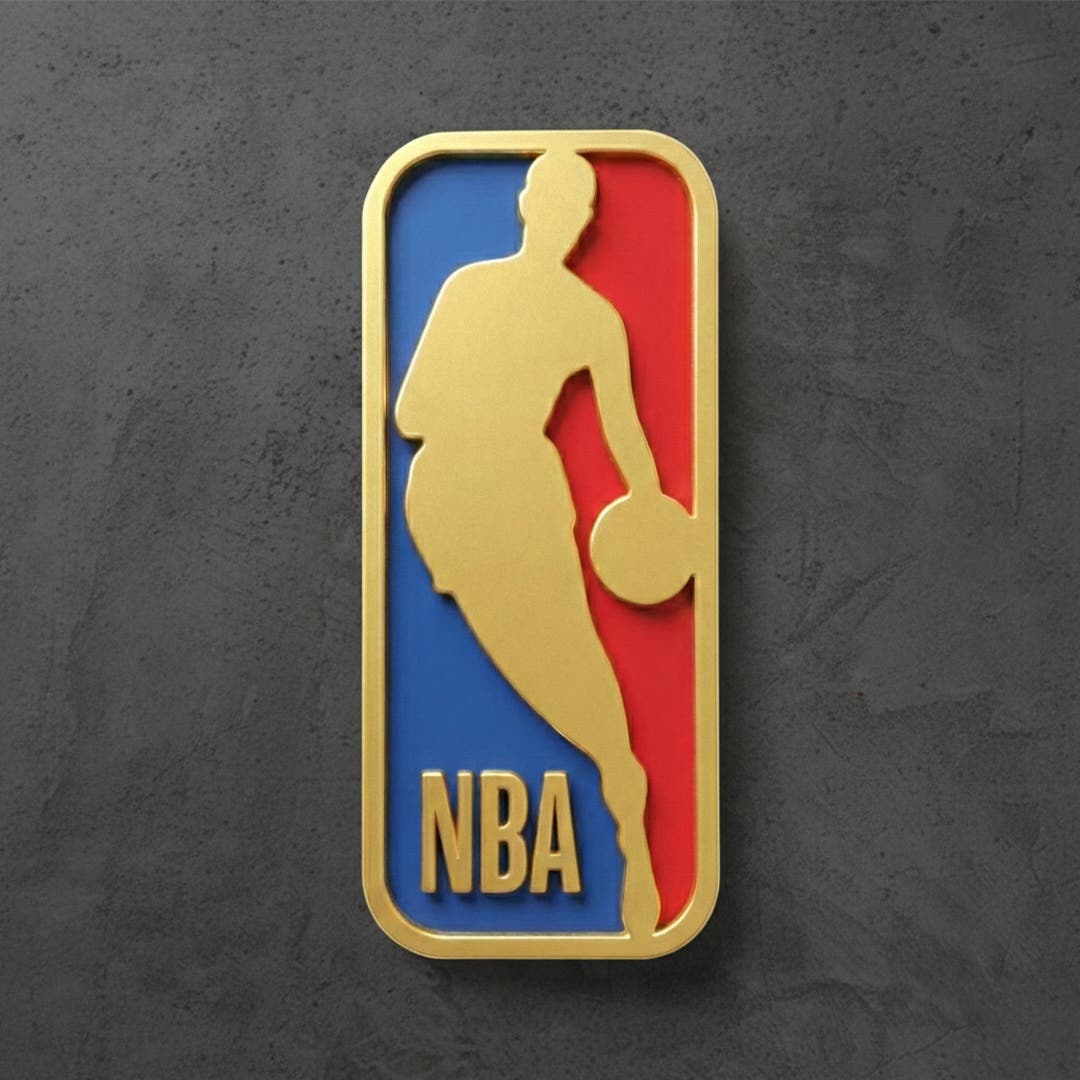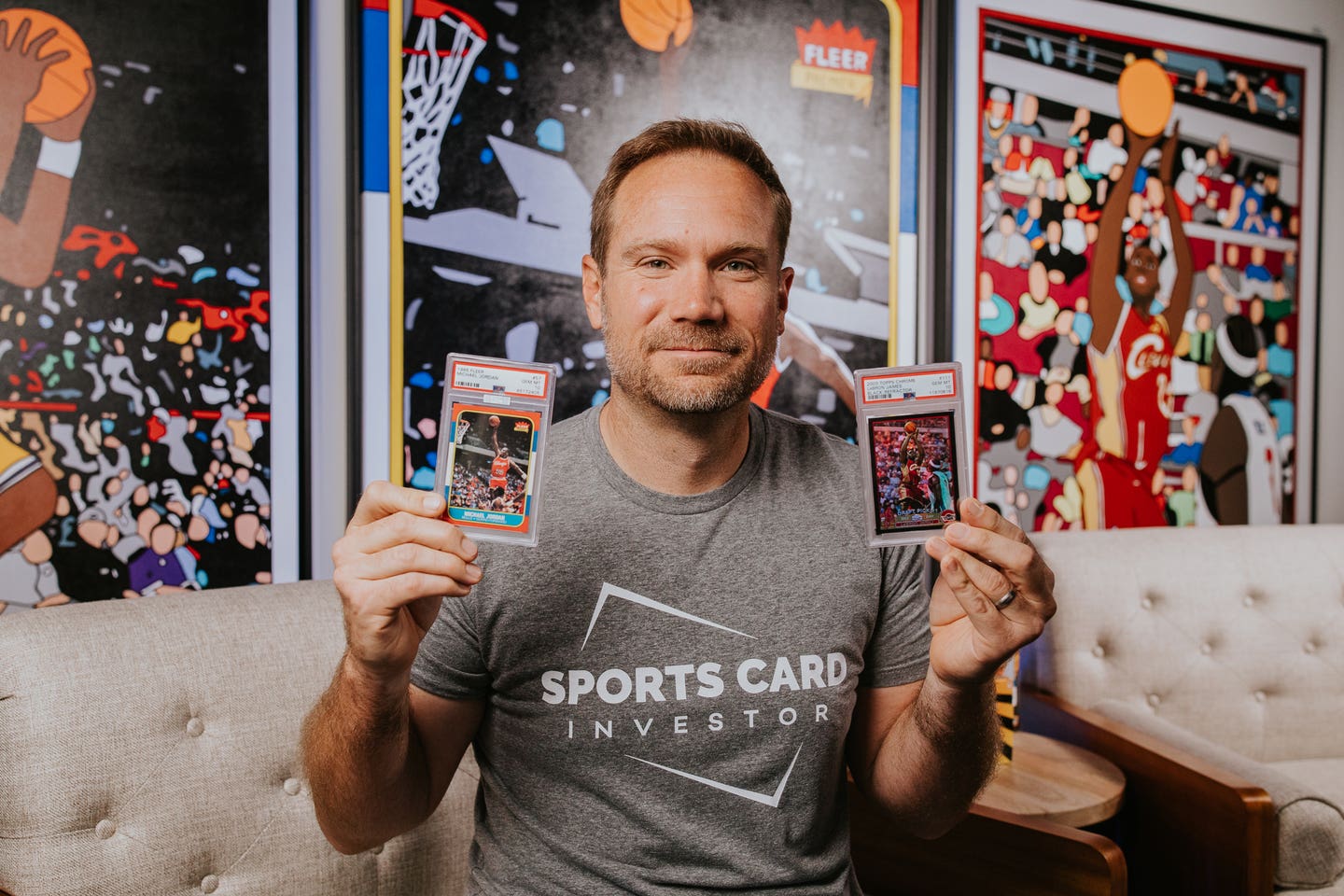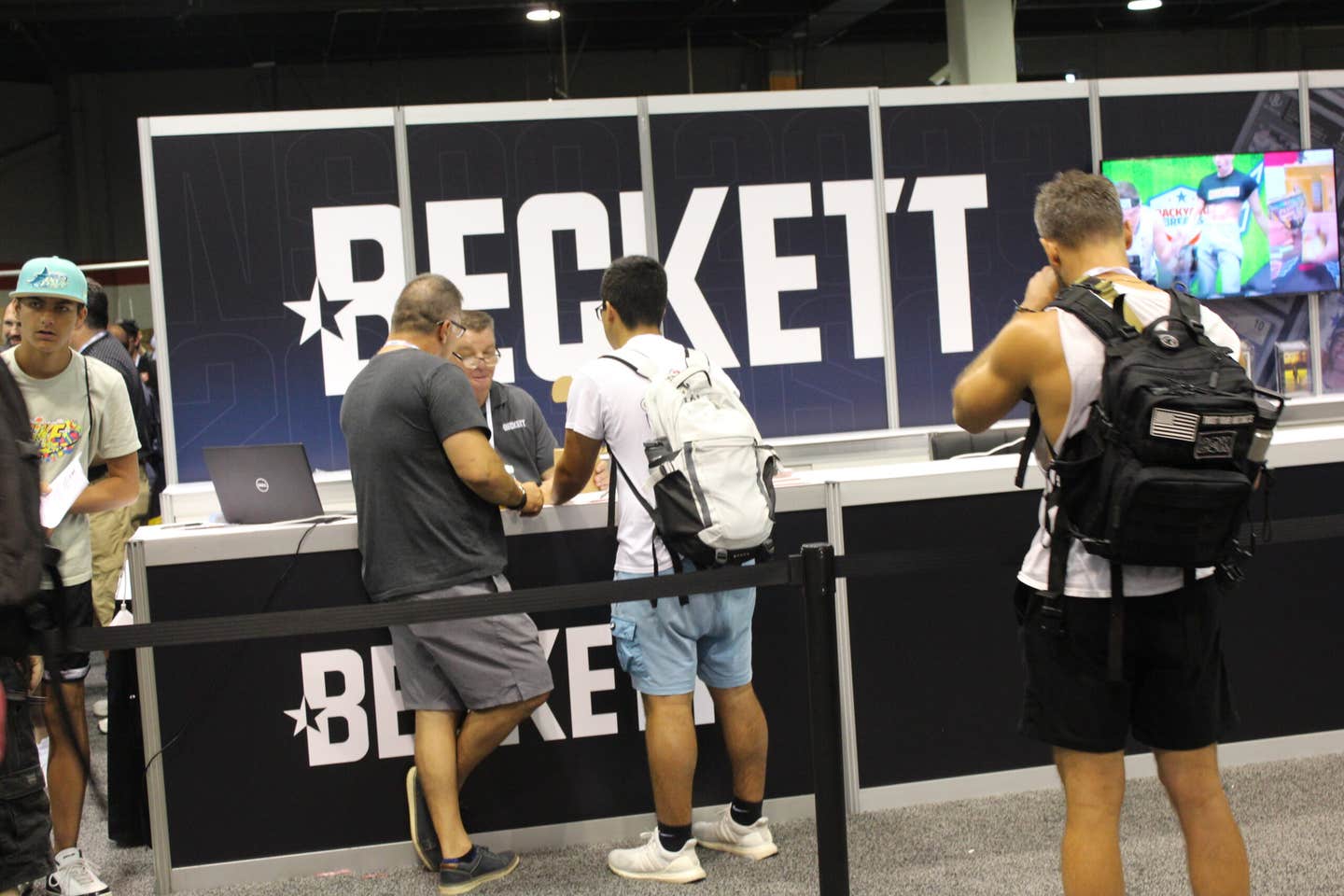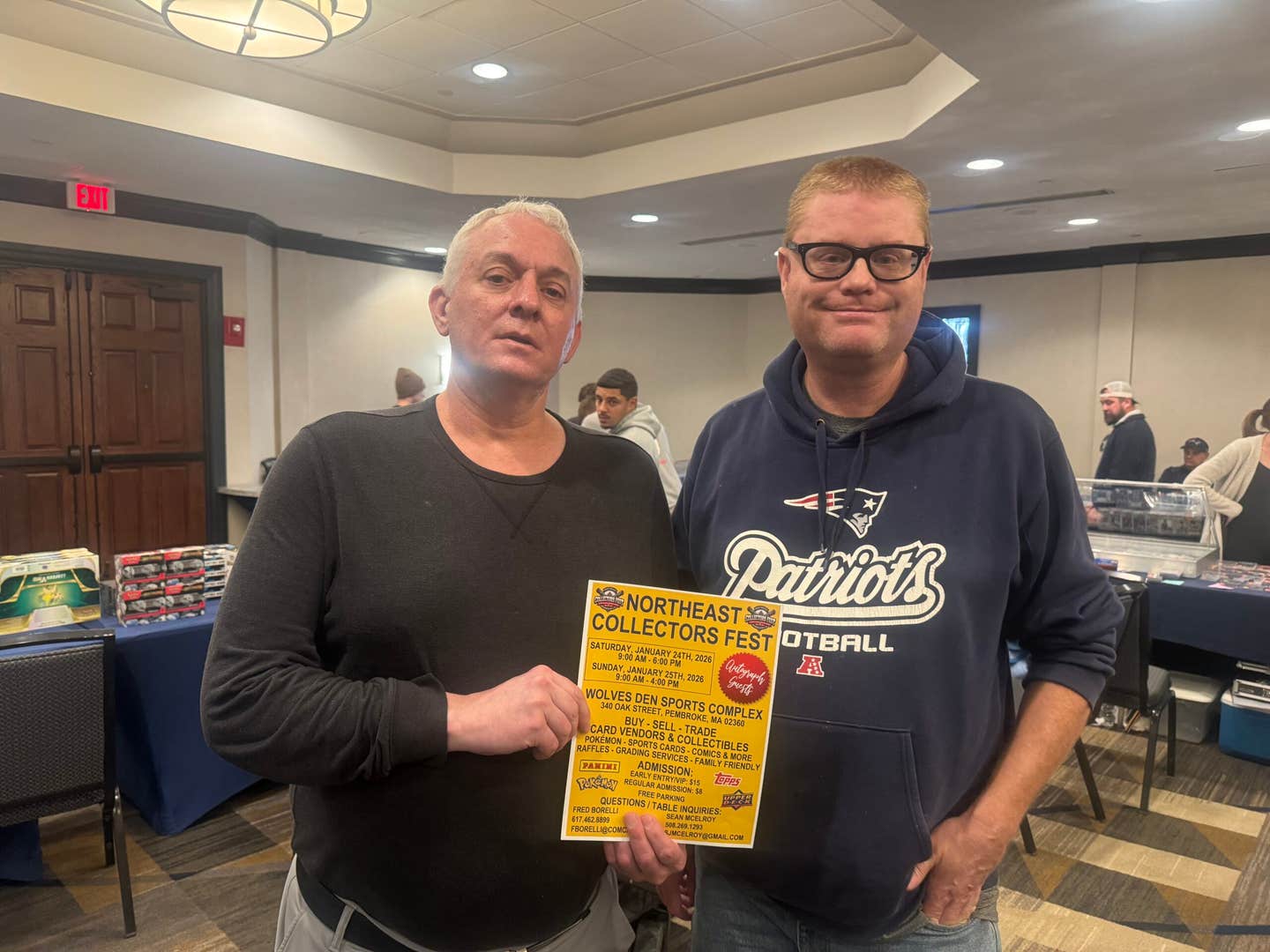News
For Barry, Ruth and Aaron down … Oh to go
For better or worse, Barry Bonds now holds the major league career home run record after topping Babe Ruth on May 28, 2006, and Hank Aaron on Aug. 7, 2007. Yet, one more milestone remains: the world career home run record of 868 held by Yomiuri Giants first baseman Sadaharu Oh.
The world’s greatest home run hitter was originally signed as a pitcher. Playing for Waseda Commercial High School, Oh led his team to the national championship in his junior year with complete-game victories throughout the tournament despite a painfully sore arm. In his senior year, Waseda was eliminated after two games, but Oh homered in both, becoming the first player in the decades-old tournament to hit one out in consecutive games. The Yomiuri Giants signed the young hurler in October 1958 and announced that he would wear the number one – a star’s number.
Despite his success in high school, both Oh and the Giants soon realized that he would not become a star as a pitcher. His fastball rarely topped 80 mph and he was hit hard during intra-squad games. In his autobiography, A Zen Way of Baseball, Oh recalled, “The coaching staff of the Giants was meanwhile puzzling how exactly to use me. I practiced with pitchers and hitters and fielders ... In the middle of one set of drills, somebody would come over to me and say, ‘Go to the bullpen,’ and I’d run off to the bullpen. In the bullpen, someone would come over to me and say, ‘Go join the outfielders for fly ball drill,’ and I’d trot off to the outfield. In the outfield, somebody would come over and order me to take the 1,000-ground-ball drill as a first baseman – and off I’d go again.” At last, the Giants decided to play Oh at first base.
Oh showed few signs of his future greatness during his rookie year. He began his career with a strikeout and went 0 for 26 before homering for his first hit. Unfortunately for Oh, the home run did not end his batting slump – hits remained elusive but strikeouts did not. As Oh’s strikeouts mounted, witty fans started yelling, “Oh! Oh! Sanshin Oh!” The Chinese character (kanji) that Oh used to write his last name also meant “king,” so the chant’s double meaning was “Oh! Oh! Strikeout King!”
“Soon, every time I came to bat,” Oh recalled, “I would hear the chant, until thousands of people at the same time were all joining in ... The chant followed me from one stadium to the next, across Japan, wherever there were Giants fans or Giant detractors.”
Oh ended the year at .161 with seven home runs in 193 at bats. The Yomiuri Giants, however, cruised to the pennant propelled by third baseman Shigeo Nagashima – believed by many to be Japan’s greatest all-time player. Nagashima was one of the country’s few five-tool players. He had a career .301 average with 444 home runs, stole more than 20 bases in each of his first three seasons, and could play the hot corner like Brooks Robinson. He also had movie-star good looks. As a rookie in 1958, Nagashima led the Central League in homers, RBI, hits, runs and doubles and finished second in batting and stolen bases. Baseball card companies produced entire sets featuring just the young phenom.
Based on his high school achievements, card companies decided to feature Oh in 1959. As a result, there are more than 50 different Oh rookie cards. The vast majority are “tobacco-sized” menko. Menko are the oldest and most common type of vintage Japanese card. Usually printed on heavy cardboard, they can be round, rectangular, or die-cut. Japanese boys commonly flipped menko in the same way as Americans flipped cards or pogs. As a result, menko are often found in off-condition.
“Tobacco-sized” menko, rectangular cards measuring 113/16-by-3 inches, were the most common type of card from 1956-64. They were usually sold one card per pack and delivered to stores in hanging bundles called taba or in uncut sheets. Most Oh menko rookies book at $850 in NM and sell in the $150-$200 range in VG condition.
Rookies produced by Doyusha, Maruta and Marukami are more common and generally sell for less than those from other manufacturers. Six 1959 menko depict Oh with Nagashima. These are especially cherished and sell at a premium. The most common of these is the famed Hoshi Gangu Oh rookie, which sold several years ago for more than $5,000 at a major auction, but usually can be purchased for about $1,000.
Oh’s hitting improved over the next two years (.270 with 17 homers in 1960 and .252 with 13 homers in 1961) but the Giants remained unsatisfied and considered replacing him. Instead, they sent him to batting coach Hiroshi Arakawa for individual instruction during the spring of 1962. Arakawa identified a hitch in Oh’s swing and attempted, unsuccessfully, to eliminate it through conventional means.
Finally in desperation, Arakawa had Oh lift his front leg as he waited for the pitch. With his entire weight on his back leg, hitching would cause him to lose balance and fall. Oh’s body adjusted naturally to maintain his balance and the hitch disappeared. Hours after Arakawa showed Oh the new technique, Oh tested it against the Taiyo Whales. As Oh employed his “flamingo” batting stance for the first time on July 1, 1962, the Whales’ hometown fans began to jeer. Minutes later, he stroked a clean single into centerfield. The jeering was worse during his next at bat, but Oh silenced it by homering over the right field wall. Together, Arakawa and Oh spent the next few years perfecting the new style through endless hours of baseball drills and studying aikido and Japanese swordsmanship.
Oh’s famed flamingo stance first appears on a baseball card in 1963 when both Marukami and Marusho included full-body shots of Oh in their sets. Both cards are relatively common and sell in the $150-$250 range in EX/NM condition.
Once Oh mastered the flamingo stance, his bat control and power improved. His average increased 20 points in 1962 and he led the league in home runs for the first of 13 consecutive seasons. Giants’ manager Tetsuharu Kawakami moved the transformed slugger into the No. 3 slot just before Nagashima. The pair became known as the “ON Canon” as they led the Giants to nine straight Japan Series championships between 1965-73. During this run, the duo won eight of nine Central League Most Valuable Player Awards (Oh won five and Nagashima three) and combined for six batting and all nine RBI and home run crowns.
Although the Giants were Japan’s most popular team, few baseball card sets were issued during their “V 9” reign. The Japanese Baseball Card Checklist and Price Guide lists just seven sets from 1965-73. The era’s two largest sets, however, are significant and highly sought after by collectors. The 105-card Kabaya-Leaf set, issued in 1967, was the first Japanese issue to resemble Topps cards in size and display a player’s statistics on the reverse. The cards were originally sold one per pack of chocolate drops, but were later imported to the United States and sold through baseball card newsletters. As a result, although the set is rare, it is more common in the States than in Japan. The Oh card, which for some unknown reason is rarely seen in better than EX condition, is popular with collectors and usually sells for just under $1,000.
In 1973, the last of the Giants’ V 9 seasons, Calbee released its first set. Sold one per bag of potato chips, Calbee has been producing sets ever since. The 1973 set consisted of just 91 cards, including six Sadaharu Ohs. The cards are slightly smaller than Topps cards and have text on the back but no statistics. Calbee quickly increased the size of their sets to 368 cards in 1974 and then to a mammoth 1,436 cards (plus more than 100 variations) in 1975-76. These sets consisted exclusively of star players and Oh was one of their favorite subjects. Calbee produced approximately 530 different Sadaharu Oh cards from 1973 to 1984. Calbee Oh cards are thus fairly common and readily available in the $25-$50 range.
Nagashima retired after the 1974 season, leaving Oh as Japan’s most popular and best player (Ironically, Oh isn’t technically Japanese as his father was a Chinese immigrant. Following Japanese law, Oh inherited his father’s nationality and carries a Taiwanese passport). Oh captured Triple Crowns in 1973 and 1974 and began to make a run toward the career home run record. Two days after Hank Aaron topped Babe Ruth’s famed 714th, Oh hit No. 586.
Oh, however, was six years younger than Aaron and felt confident that he would catch the American. By the end of the 1974 season, the Giants’ first baseman had reached 634. Excited by Oh’s quest, the Japanese invited Aaron to Tokyo in November 1974 for a home run contest. Oh and Aaron each took 20 swings and the American emerged the victor 10-9. Two Japanese cards commemorate the historic day. The sepia-toned 1977 Calbee “745 HR Series” No. 93 shows Oh and Aaron in uniform conversing during the event. The card is a short print and rarely seen for sale. Those lucky enough to find one for sale should expect to pay about $1,000.
The second card comes from the 1977 NST “Mr. Baseball” stamps. These 2-by-27/8 inch cards were printed on thin, glossy stock and were intended to be glued into the official collectors album. The Oh/Aaron card (No. 89) depicts the players in their batting stances while dressed in suits. As most “stamps” were glued into their albums, this Oh/Aaron card is difficult to acquire in NM condition and has a $400 book price.
In the mid-1970s, Oh closed in on Aaron’s record, hitting No. 715 on Oct. 11, 1976, and No. 750 on Aug. 23, 1977. Finally, on Sept. 3, 1977, Oh blasted one into the right field stands at Korakuen Stadium to surpass Aaron at 756. Calbee celebrated Oh’s achievements by issuing subsets commemorating both the 700th and 756th home runs.
Yamakatsu, the second-largest manufacturer of Japanese baseball cards during the late 1970s, also issued several 6 by 10 cards to celebrate the 715th home run. After breaking Aaron’s record, Oh played three more seasons before retiring in 1980 with 868 homers.
Would Oh have been the all-time home run champ had he played in the major leagues? Probably not, but the answer is no longer as clear cut as Americans once thought. Until lately, Americans dismissed Oh’s record by stating that Japanese ballparks were much smaller than their U.S. counterparts and that Japanese pitching was inferior. Closer examination shows, however, that both Ruth and Aaron benefited from home run friendly parks, while the recent success of Japanese pitchers in the majors suggests that the two leagues were not that far apart.
Nevertheless, there is little doubt that Oh would have been a major league star. Every professional American player, manager, and scout who watched Oh play concluded that he would be a great hitter in any league. Oh had 336 at bats against major league teams visiting Japan. Although he only posted a .256 batting average, he walked 87 times for a .409 OBA and slammed 25 homers en route to a .518 slugging percentage.
After retiring, Oh managed the Yomiuri Giants and Fukuoka Daiei Hawks, winning four pennants and two championships. In 2006, he led Japan to the first World Baseball Classic Championship. Months later, Oh was diagnostic with stomach cancer and stepped down from managing the Hawks. At the present time, Oh is still recovering from his illness.
Collectors often ask, “I just want one or two Sadaharu Oh cards. What should I get?” The answer, of course, depends on how much you want to spend. Luckily, there are nice Sadaharu Oh cards at all price levels. For investors, a rookie menko in high condition is your best bet, followed by the 1967 Kabaya-Leaf and either of the Oh/Aaron cards.
In the medium price range, a menko from 1962-64 or a mid-1970s Calbee or Yamakatsu card would be an interesting addition to any collection. At the low end, Baseball Magazine (BBM) has produced some beautiful “nostalgic” cards of Oh in the past few years which can be purchased for a few dollars. At any price, the world’s home run champ belongs in your collection.
Robert Fitts is one of the largest vintage Japanese baseball card dealers in the world (www.RobsJapaneseCards.com). He is also a freelance writer with two published books: Remembering Japanese Baseball (Southern Illinois University Press, 2005) and Wally Yonamine: The Man who Changed Japanese Baseball (Nebraska 2008) and a number of articles on Japanese baseball. He also has one of the largest collections of Sadaharu Oh cards and memorabilia on either side of the Pacific.



